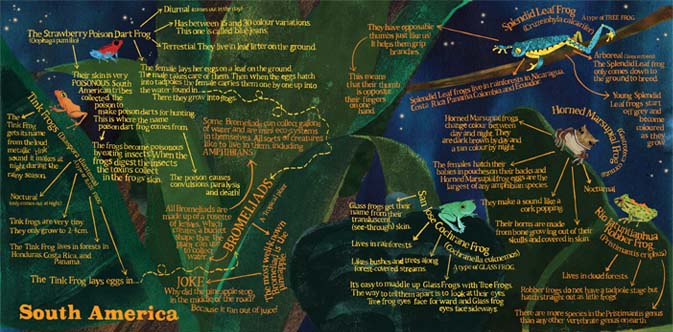 My Dad likes to take a “stroll around the block” of an evening. I think that’s an interesting expression because a “block” is an American term. We don’t really have blocks here do we? My Granddad on my Dad’s side had a florist’s shop in New York for a while so I had wondered if that’s how the expression had come to be part of my Dad’s parlance. When I voiced this thought to my in-laws they said that their parents often used the phrase and it probably came from watching American movies. So much for my theory. Nevertheless, going for a stroll around the block is something I often find myself yearning to do of a dimpsy Devon evening, and I wondered if I might use it to explore the beating the bounds idea a bit more.
My Dad likes to take a “stroll around the block” of an evening. I think that’s an interesting expression because a “block” is an American term. We don’t really have blocks here do we? My Granddad on my Dad’s side had a florist’s shop in New York for a while so I had wondered if that’s how the expression had come to be part of my Dad’s parlance. When I voiced this thought to my in-laws they said that their parents often used the phrase and it probably came from watching American movies. So much for my theory. Nevertheless, going for a stroll around the block is something I often find myself yearning to do of a dimpsy Devon evening, and I wondered if I might use it to explore the beating the bounds idea a bit more.
Dove Grey Reader (the blogger who inspired these beating the bounds thoughts) marked out the circumference of a mile around her cottage and walks this route regularly, taking in all she can, and getting to know the landscape intimately over the seasons. Having discovered the parish tithe map online thanks to Devon County Council I laid the old parish on top of my OS map and worked out roughly where the boundary would have gone. Some of the boundary is over private land so inaccessible, including, annoyingly, one of the old boundary stones. It’s also been chopped up by new roads and a new industrial estate near the river so I’ve had to adapt a bit. It’s also a really big parish. It would probably take me the best part of a day to walk the whole thing. So instead, I’ve been walking loops from the house, where the top part of the loop takes in part of the parish boundary.
The first of these meant heading west across two residential streets, circling a large park, walking up another residential street, across a busy road and then joining a path that runs up beside the allotments to the fields beyond. This hill has a lovely name, it is called Roly Poly hill and is a countryside corridor which allows those of us in the parish with green hearts to get our countryside fill without the need for an ignition key. There are in fact two paths that run up either side of the allotments and both are on the 1841 tithe map, which makes me think that this hill has always been an important country link for the people living in our parish. One has a name, Crabb Lane, further over the hill becoming a properly metalled road, but my path is anonymous. It is enclosed by steep banks on both sides, covered in all sorts of shade and damp-loving plants. At the top of the hill it was worth a pause under a copse of mixed deciduous trees to look back over the city to survey the hustle and bustle from a peaceful distance.
Turning back to the West, the hill gives way steeply to hedgerowed fields and wooded combes, jumbling their way to the horizon. The south-westerly orientation of the hill side makes it perfect for the growing conditions required by the fruit farm that occupies the fields. At the bottom of the hill is a brook, reputedly home to otters and kingfishers. The parish boundary doesn’t go as far down as the brook, but heads along an old Saxon lane that runs along the ridge of Roly Poly hill. It’s not metalled but is wide enough for me to imagine carts of long ago bumping their way along it. Parts of the hedgerow here are over 400 years old.
I took a brief detour down a footpath to visit a wonderful old tree known locally as the Twisted Oak, which does indeed have a distinctive spiral twist to its trunk. This tree is thought to be over 250 years old, and marks an important confluence of ancient routes. There has been a bridge crossing the brook here since at least 1244. This side of the hill, down to the brook is a conservation area. There are several listed buildings around here, including some thatched cottages that date back to medieval times. Standing beneath the oak tree I watched insects dancing in the warm evening sunshine which penetrated the canopy in spotlights, and crossed my fingers that some big developer hasn’t already got his name on the land deeds, the precious green space subdivided in his mind into plots for rabbit hutch houses.
Pushing aside gloomy thoughts about how much green space seems to be disappearing under concrete or tarmac, I strode back up the hill to rejoin the Saxon lane. Where the lane comes out onto a modern road, which follows another ancient route out of the city, there is a medieval granite cross, standing sentry. I gave it a salute and headed off back down the hill and to home.
The frogs are a sample spread I did for a book about amphibians.






